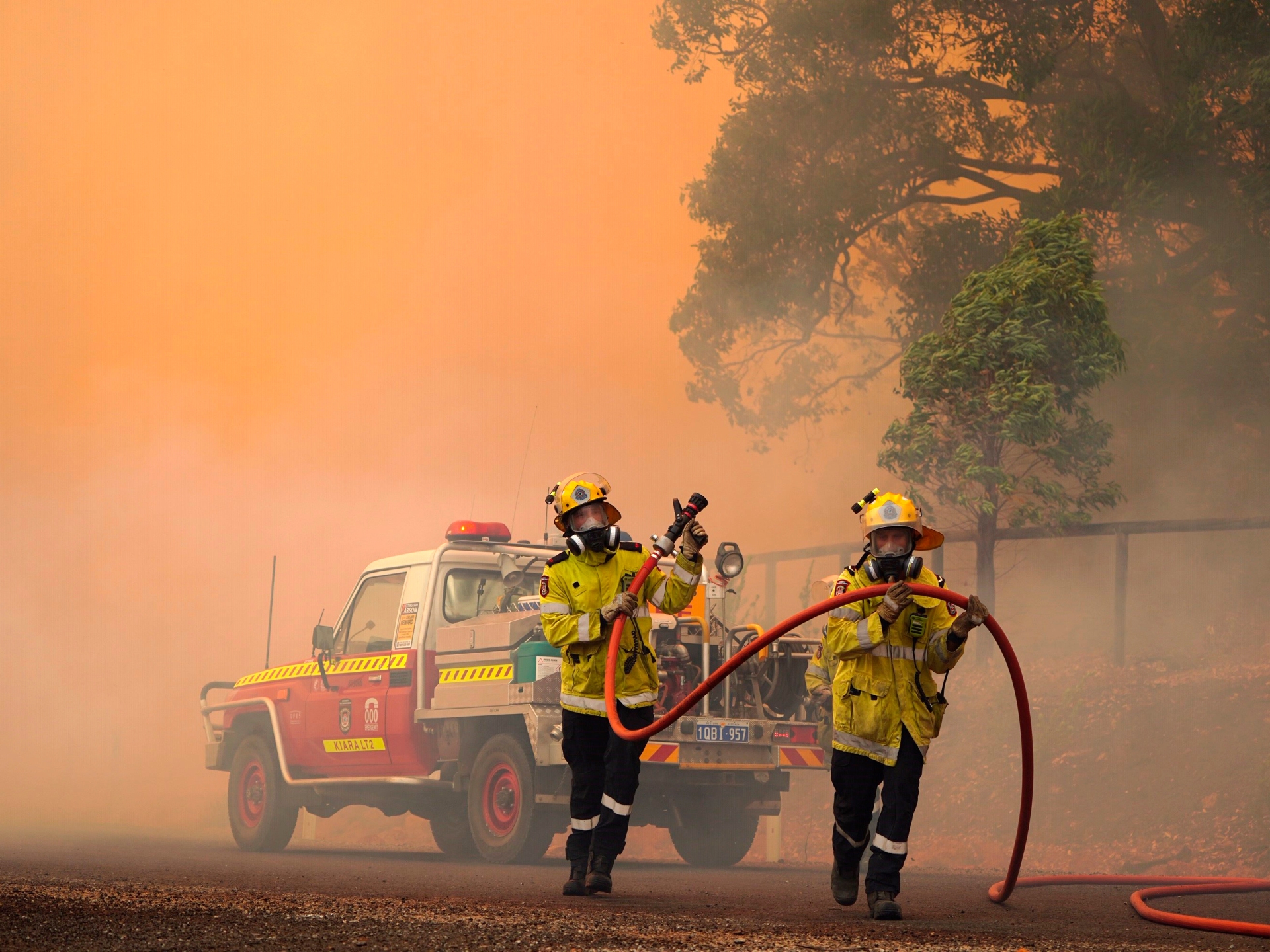Greenhouse gases have caused Australia’s climate to warm up by about 1.47 degrees Celsius over the past century, according to a new government report, resulting in larger and more frequent fires, heavier rainfall and flash floods, as well as an increase in mass coral bleaching events.
The report, released on Wednesday, also warned of continued changes to Australia’s climate in the coming decades, including hotter air temperatures, warmer oceans and a longer fire season in southern and eastern parts of the country.
“There is no good news,” tweeted Pep Canadell, a scientist involved in the report’s publication.
“Australia is set for a very bumpy ride well into the second half of this century, and beyond depending on how fast [greenhouse gas] emissions decline.”
2/n
One of the most overwhelming figures of the report shows the increase in the extremely warm number of days per year, the hottest 1%, over the period 1910 to 2021. pic.twitter.com/Ze5V0qAwhJ
— Pep Canadell (@pepcanadell) November 22, 2022
The report, produced by the Australian Bureau of Meteorology and the Commonwealth Scientific and Industrial Research Organisation (CSIRO), said most of the warming in the country has occurred since 1950, with every decade since being hotter than the one before.
The eight years from 2013 to 2020 all rank among the warmest years on record, it said.
This extreme heat has “caused more deaths in Australia than any other natural hazard and has major impacts on ecosystems and infrastructure,” it said.
There has also been an increase in extreme fire weather and a longer fire season all across Australia, the report said, such as the bushfires that swept through parts of New South Wales and Victoria in the “Black Summer” of 2019 and 2020 and destroyed more than 24 million hectares (59 million acres) of land. Dozens of people and billions of animals died.
Dr Karl Braganza, a scientist at the Bureau of Meteorology, said there may be worse to come.
“We’re expecting to see longer fire seasons in the future for the south and east, and an increase in the number of dangerous fire weather days,” he said in a statement.
The rising temperatures are also changing rainfall patterns in Australia.
Southern Australia – the country’s largest food-producing region – is getting drier, while northern Australia is getting wetter.
More significantly, many parts of the country are seeing an increase in torrential rain, the report said, noting that such “short-duration extreme rainfall events are often associated with flash flooding”.
Eastern Australia is at present experiencing its worst flooding in decades, due to a multi-year La Nina weather phenomenon that typically brings increased rainfall to the Pacific region.
The report also said sea surface temperatures around Australia have increased by an average of 1.05 degrees Celsius since 1900, with eight of the 10 warmest years on record occurring since 2010. This has contributed to longer and more frequent marine heatwaves that have depleted kelp forests and seagrasses and caused mass coral bleaching events, it said.
In the past decade alone, four mass coral bleaching events have occurred on the Great Barrier Reef, it said.
“The warming of our oceans is contributing to longer and more frequent marine heatwaves, and this trend is expected to continue into the future,” said Jaci Brown, the director of CSIRO’s Climate Science Centre.
“We’re seeing mass coral bleaching events more often, and this year, for the first time, we’ve seen a mass coral bleaching on the Great Barrier Reef during a La Nina year.”
4/n
The declining trends of rainfall in the southwest and southeast continue, particularly during the cool months of the year, and are consistent with observed drought trends.
The affected regions happen to be the largest food-producing regions and where most people live. pic.twitter.com/WgX9FICwyg
— Pep Canadell (@pepcanadell) November 22, 2022
The warming oceans, as well as ice loss from polar ice sheets, are also contributing to rising sea levels around Australia, the report said.
The greatest increases have been observed to the north and southeast of the continent, it said, warning of increased risks of “inundation and damage to coastal infrastructure and communities”.
Australian environment minister Tanya Plibersek, who attended the report’s publication, said the document made for “sobering” reading.
“It shows us what we already knew: that dry spells will get longer, and bushfire seasons will get hotter. At the same time, the rain periods will get heavier – as many are experiencing now,” she said in a post on Twitter.
“For our environment, for our communities, this report reinforces the urgent need for climate action,” she added in a statement.
Sumber: www.aljazeera.com
 Skip to content
Skip to content



